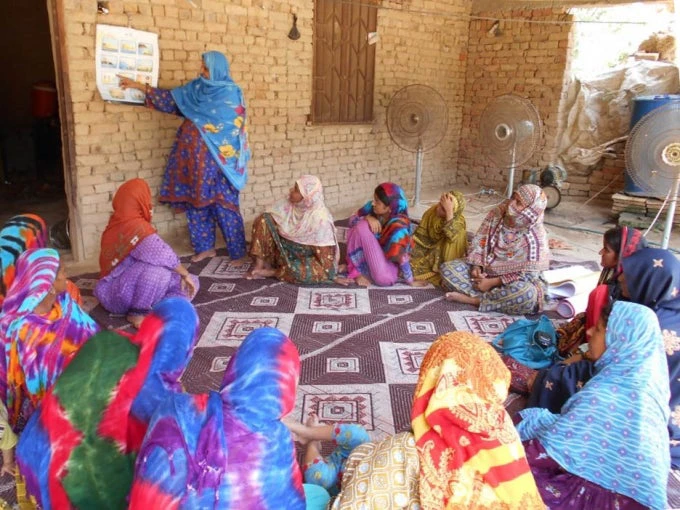
Pakistan is one of the most disaster prone countries in South Asia. The country has suffered approximately $18 billion in damages and losses from natural disasters over the past decade. The 2005 earthquake still resonates in our minds every time a new earthquake is felt. The floods of 2010, and annual recurring floods ever since, continue to remind us of the impacts of climate change.
Pakistan aims to transition to a more pro-active approach in dealing with disasters. The Disaster Risk Management (DRM) team provided technical assistance to identify both physical and fiscal risks from disasters. As part of this assistance, the Bank, with support from the Global Facility for Disaster Reduction and Recovery (GFDRR) supported the Government in developing a Fiscal Disaster Risk Assessment (FDRA) report. The effort was undertaken in collaboration with the Federal Ministry of Finance, the National Disaster Management Authority (NDMA), the Securities and Exchange Commission of Pakistan (SECP), the Provincial Disaster Management Authorities (PDMAs) and the Provincial Finance Departments. The objective of the report is to highlight fiscal impacts of frequent natural disasters on the country’s budget and presents options for a national disaster risk financing strategy drawn from international best practices.
The findings of the report are astonishing: nearly 3 million people are affected by disasters in Pakistan each year; the annual economic impact of floods – which affects 77% of all Pakistanis affected by disasters – is estimated between $1.2 billion to $1.8 billion, equivalent to 0.5% to 0.8% of Pakistan’s GDP. The analysis also showed that a major flood event, such as the one experienced in 2010, could cause losses in excess of $15 billion – almost 7% of the national GDP.
The report makes the case for investing more in risk reduction and also ensuring the financial protection of the State against disaster events. The Federal Government of Pakistan is now looking at various risk financing options, including operationalizing the National Disaster Management Fund with the support of development partners in Pakistan. The World Bank will also look to support other sovereign-level risk financing instruments and develop linkages with the private sector, such as the insurance industry, to develop risk transfer mechanisms.
The findings of the report have also hit home with provincial governments. The Bank is currently working with the province of Punjab to develop a risk financing strategy and look at developing risk transfer instruments under the Disaster and Climate Resilience Improvement Project. This would involve operationalizing the Punjab Disaster Management Fund to provide immediate resources to the government in the aftermath of a disaster, and establishing mechanisms in the province for emergency cash transfers during the disaster recovery phase.
Further, we are supporting the Sindh province in improving its fiscal resilience through the upcoming Disaster and Climate Resilience Enhancement Program. In parallel to the fiscal resilience initiatives, the Bank is investing in risk mitigation infrastructure in the province – particularly to address flood and drought risks to protect the lives, property and livelihoods of citizens. We are also providing technical assistance to the Khyber Pakhtunkhwa province on disaster risk financing (DRF), through the development of provincial FDRA and provincial DRF strategy. These various provincial level strategies would inform and contribute towards the development of a national level DRF strategy.
As Annette Dixon, the World Bank’s Vice President for the South Asia Region pointed out after the Nepal Earthquake in 2015, “ every dollar invested in disaster prevention saves $4 in disaster damage”[1].
Pakistan Resilience and Disaster Risk Management Program Page


Join the Conversation